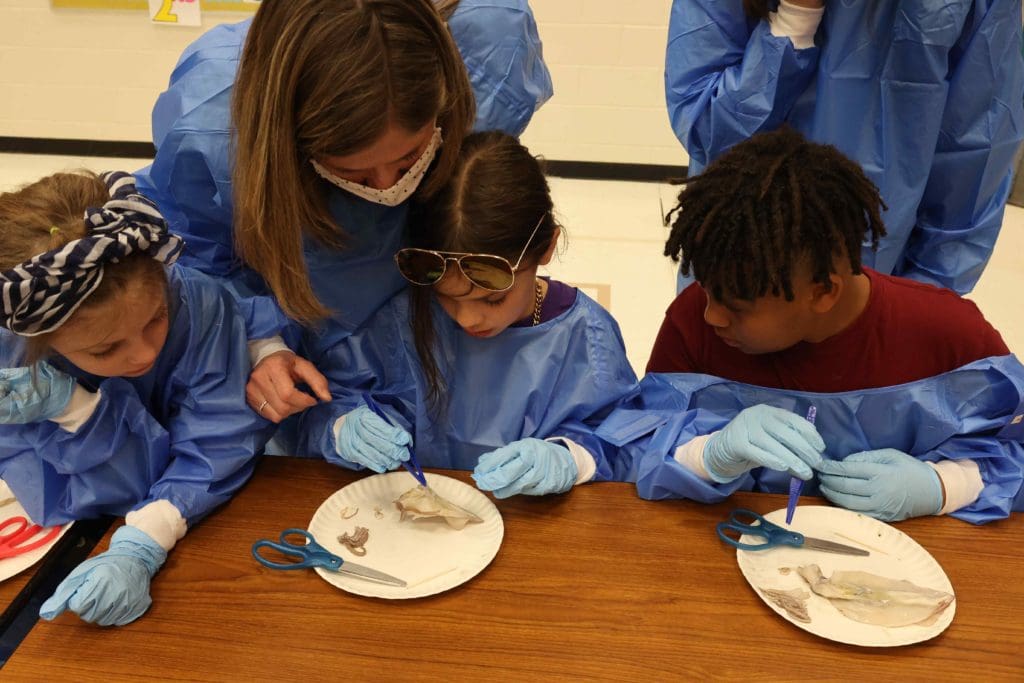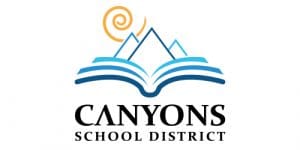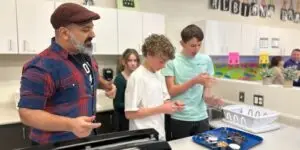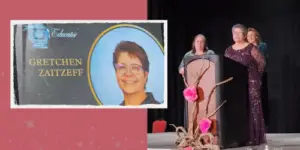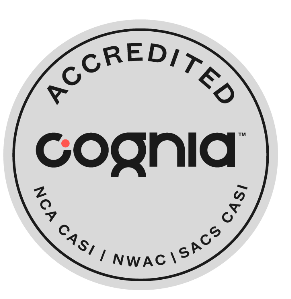Move over Neil deGrasse Tyson, there’s a new popularizer of science in town.
Sean Thorpe, an instructional coach at Canyons School District, has found a way to introduce not just students, but entire school communities, to the wonders of science. They’re called Science Festivals. Not to be confused with science fairs, where students enter projects and compete for prizes, science festivals are hands-on family learning events open to students of all ages, from toddlers to grandparents.
“Science has always been something that I’m passionate about, that I love, so I wanted to create a tradition here at the school where we get students really involved in science literacy, excited about learning science and excited about doing science,” Thorpe said. “Our science festival is a time for students to come to the school with their families and friends and do science at the school with their teachers and with their neighbors, and it makes it more of a community approach to science learning.”
Thorpe recently staged a science festival at Oak Hollow Elementary that drew hundreds of students, their friends and families — all eager to try their hands at dissecting a squid, launching rockets, or cracking open geodes. The center of the activity was the cafeteria, which for one evening, was transformed into a squid dissection lab.
“Squids are cool!” remarked a student while guided by adult volunteers in identifying the different anatomical structures of the animal, from its beak and stomach to the organ holding the ink it ejects as a defense.
In addition to being a community-building activity, science festivals take quite the community effort to pull off. Parent volunteers and teenage students from neighboring Corner Canyon High School and groups like Latinos in Action helped staff the Oak Hollow festival as well as raise money to purchase needed supplies ranging from hammers and geodes to surgical gloves, goggles, and gowns.
Thorpe and his squad of citizen scientists set up experiments of all types in classrooms across the school. Families were given checklists and maps and a goal of completing as many experiments as possible.
“I think there’s huge benefits to involving the community. It develops that sense of continuity for our students, which helps create a caring educational setting. Our students who are younger can see our older students participating in similar activities,” Thorpe said. “They can see those high school students helping out and then yearn to do that when they are older.”
None of the experiments disappointed and all of them were designed to engage the students at their level.
Building a Fizz rocket can be as simple as placing a seltzer tablet in a film canister with water. Flip it upside down and watch it pop! But students were also given information about the chemical reaction taking place and encouraged to test out variations.
“It’s age-appropriate from kindergarten through the 12th grade, so anyone can access it as long as they’ve got some help, which is where we bring in that community volunteer aspect of it,” Thorpe said.
Mixing chemicals to create a growing and glowing warmth known as “sunshine in a bag” seems simple enough. But the three-step process is actually pretty involved. First, you dump calcium chloride into a plastic bag, then add water, which forms calcium oxide and hydrochloric acid. The calcium oxide sinks to the bottom of the bag and the acid splits into two ions, which produces heat. Next, you add a test tube of Phenol red, an acid base indicator, and shake the bag, and you get the picture.
From the “Genie in the Cup” chemistry demonstration to lessons in absorbency using the same materials they use to make disposable diapers, to the lotion-filled gloves used to help students see how blubber keeps warm-blooded sea animals warm…Oak Hollow’s Science Festival was a feast for the senses and joy for the experimenters, dreamers, and the doers of tomorrow.
But the highlight of the evening was the foam gnome, a chemical reaction demonstration by none other than Thorpe and an assistant who dumped several bottles of the chemicals polyA and polyB into a garbage can, stirred them up, and then watched as an exothermic reaction solidified the mixture into polyurethane foam, which spilled from the top of the garbage can and hardened into a monstrous sculpture.
It was the perfect end to a perfectly delightful evening of oohs, awes, and hands-on, real-world lessons in science.

